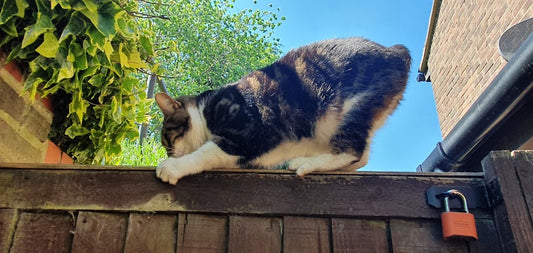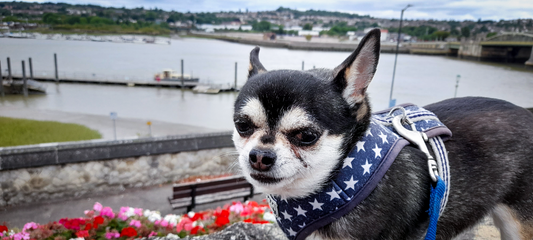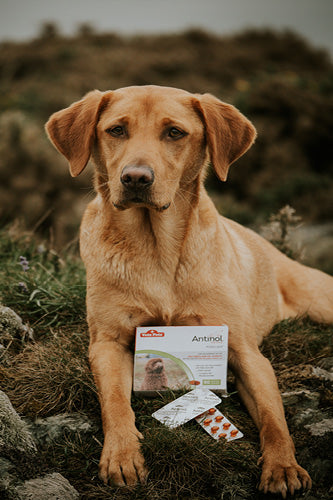Walking together, whether in the local park, out in the woods, or going for a stroll along the beach, is an incredible way to bond with your dog. It’s great for you and your dog’s physical and mental health.
But what if your dog needs some extra joint health support? Maybe they find it hard to keep up or have lost their get-up-and-go.
You know you need to be mindful of your dog’s joint health, so here are some dos and don’ts when exercising your older pooch.
Do keep your dog moving. Cutting out exercise completely is bad for your dog's mental and physical well-being. Keep up a regular exercise regime of little and often. (Not just on National Walking Your Dog Day)
Don't be a weekend warrior. Short bursts of exercise during the week, followed by long trips out at the weekend, increase the strain on your dog's joints, and they may find the following week harder.
Do remember to warm up. Any type of physical activity should start with a gentle warm-up. Begin with slow walking, or do some sit-to-stand exercises before you head off on your proper adventure.
Don't launch the ball for ten minutes and head home. Ball launchers aren't great for a dog's joints at the best of times—but if you want to maintain your dog’s healthy joints, they'll need a slow, gentle warm-up before any strenuous activity.
Do Go swimming! Regular swimming in calm waters is a low-impact exercise that reduces the stress on your dog's joints and increases their joint range of motion. It's incredibly good for their overall health, including cardiovascular health. It's also great for weight management, and dogs love to splash about. You could even visit a specialist dog pool or have hydrotherapy treatment on an underwater treadmill.
Don't head for fast-flowing water or swim in areas with an undercurrent. Make sure the route in and out of the water is safe and not steep or slippery.
Do walk over unusual or uneven surfaces. Gently undulating or uneven surfaces improve your dog's balance, muscle mass, and proprioception (their awareness of their body's movements).
Don't go mountain climbing. (At least not unless your dog has been doing it for a long time). Dogs who need mobility support may find climbing or clambering over difficult terrain very hard. Even too many stairs can be tricky. So go on adventures…but take it steady and think about your route.
Do keep their brain and body busy. Nose work games, scatter feeding, and puzzle feeders keep your dog moving while giving their grey matter a workout.
Don't play games that involve rapid changes of direction or hard braking. Fetch with a ball launcher and tug of war should be avoided.
How long should I walk my dog to support their healthy mobility?
Regular daily exercise is vital for your dog's health, even if they have slowed down. Between 30 and 60 minutes per day of gentle exercise is adequate to keep your older dog healthy. In fact, a study showed that in dogs with restricted mobility, their overall mobility improved more when exercising for 60 minutes per day than for 20 minutes.
Always consult your veterinary professional when considering your dog's activity level and exercise routine.
Are you considering a joint supplement to help maintain your dog’s joint health? Look no further than Antinol.








